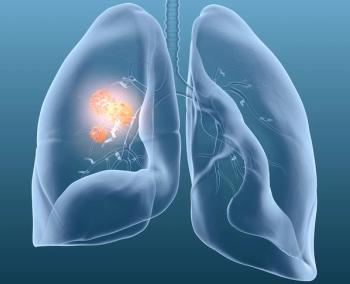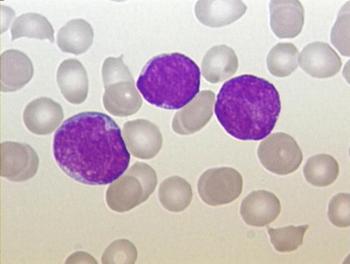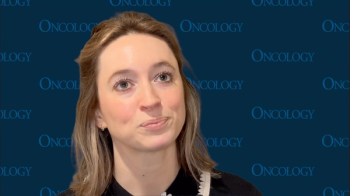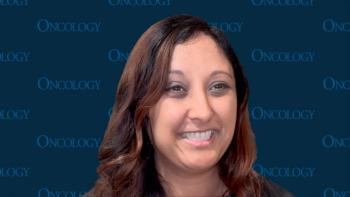
Adult and Pediatric Oncology Collaboration May Help Standardize Practice

Treatment paradigms differ between adult and pediatric oncologists when treating young adults with lymphoma.
An effort for adult and pediatric oncologists to work together has developed, following disparities in treatment paradigms when treating young adult patients with lymphoma, according to Andrew M. Evens, DO, MBA, MSc.
CancerNetwork spoke with Evens, deputy director for clinical services at the Rutgers Cancer Institute and system director of medical oncology and oncology lead at RWJBarnabas Health Medical Group, about recent developments in treating adolescents and young adults (AYA) with lymphoma.
Evens expressed that numerous developments have been made in the field, but there is an emerging trend to help treat this patient population. He defined “AYA” as patients ages 15 to 39, highlighting that pediatric oncologists will treat patients into their late 20’s. He then explained that both adult and pediatric oncologists may treat patients from 18 years to their late 20s.
Evens explained that patients can undergo different treatment paradigms in different practices, even if their disease state is similar. He iterated that it poses a significant challenge, as outcomes may vary depending on whether a patient is treated in the adult or pediatric setting. Evens suggested that a collaborative e approach between adult and pediatric oncologists can serve to “harmonize” research with thinking and efforts to help standardize a treatment paradigm for patients, regardless of practice.
Transcript:
Thankfully, there have been a number of recent developments in terms of the study and understanding of adolescent young adults with lymphoma. To level set for a second when we say “AYA” it can have a few different definitions. At least through the lens of the National Cancer Institute, it includes patients ages 15 to 39 years old. Obviously, there is a bit of a crossover there where many pediatric oncologists will treat patients well into their 20s–– not as many in their 30s, but certainly well into the 20s. Most adult oncologists will treat patients starting at 18 years old. At a bare minimum, you have that crossover from ages 18 up into the late 20’s.
Someone may ask, well, what is the significance of that? Well, it is challenging, because there historically have been very different treatment paradigms that our pediatric oncology colleagues and adult oncology colleagues have developed––not drastically different, but meaningfully different. There has been a concerted effort to work more closely together, you could say across the pediatric and adult aisle, to see if we could harmonize our thinking, our research, and all of our efforts together for patients.
Newsletter
Stay up to date on recent advances in the multidisciplinary approach to cancer.

















































































